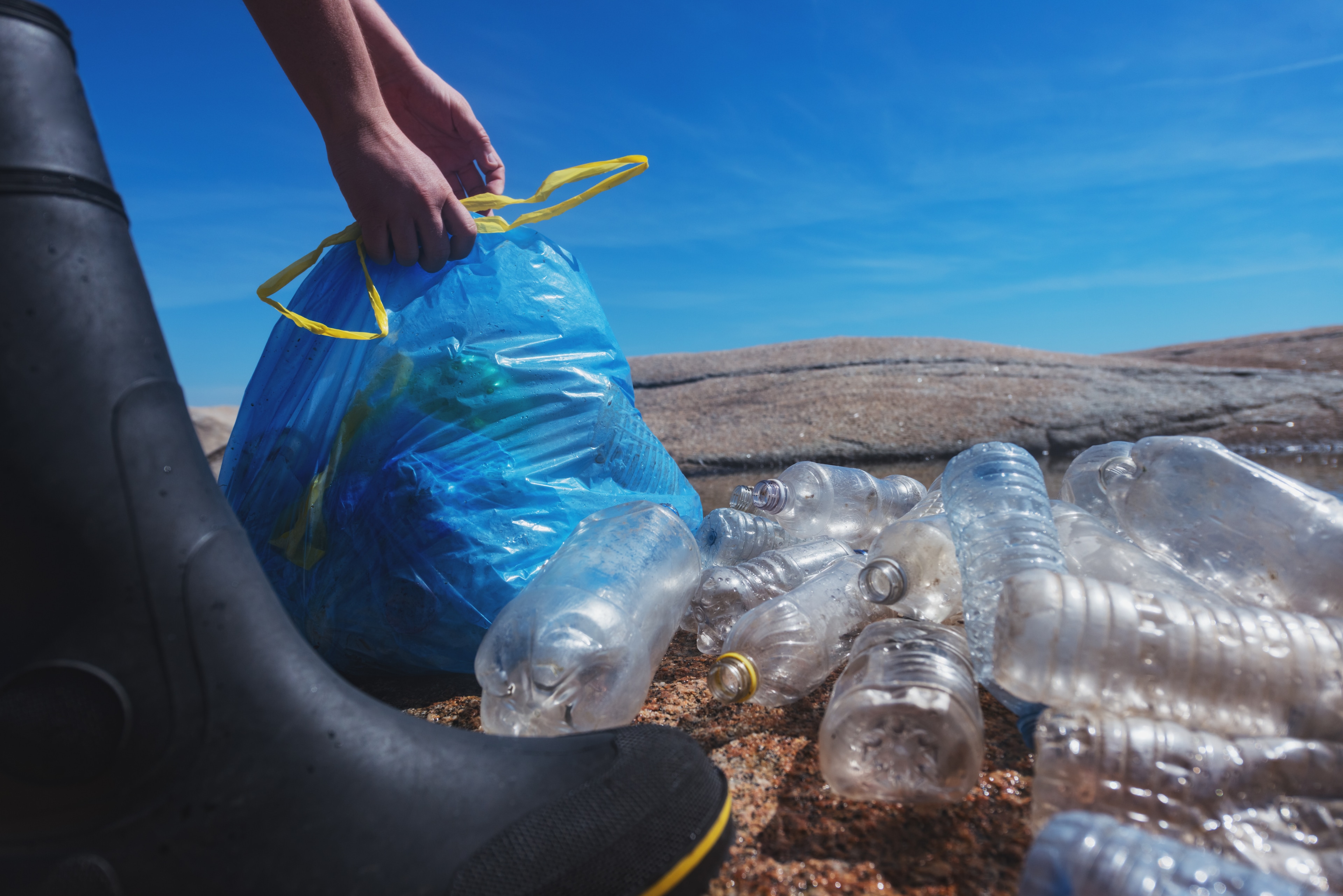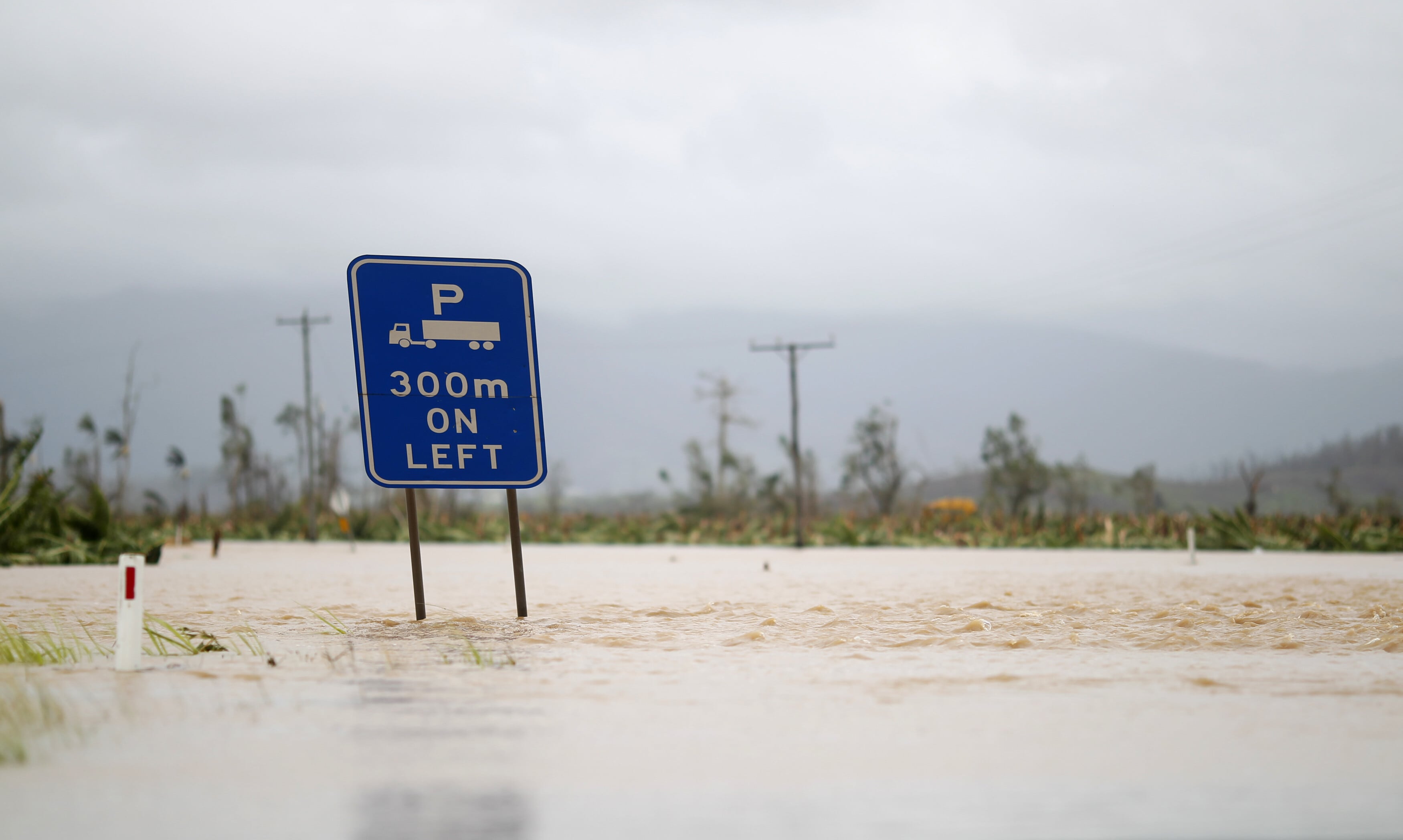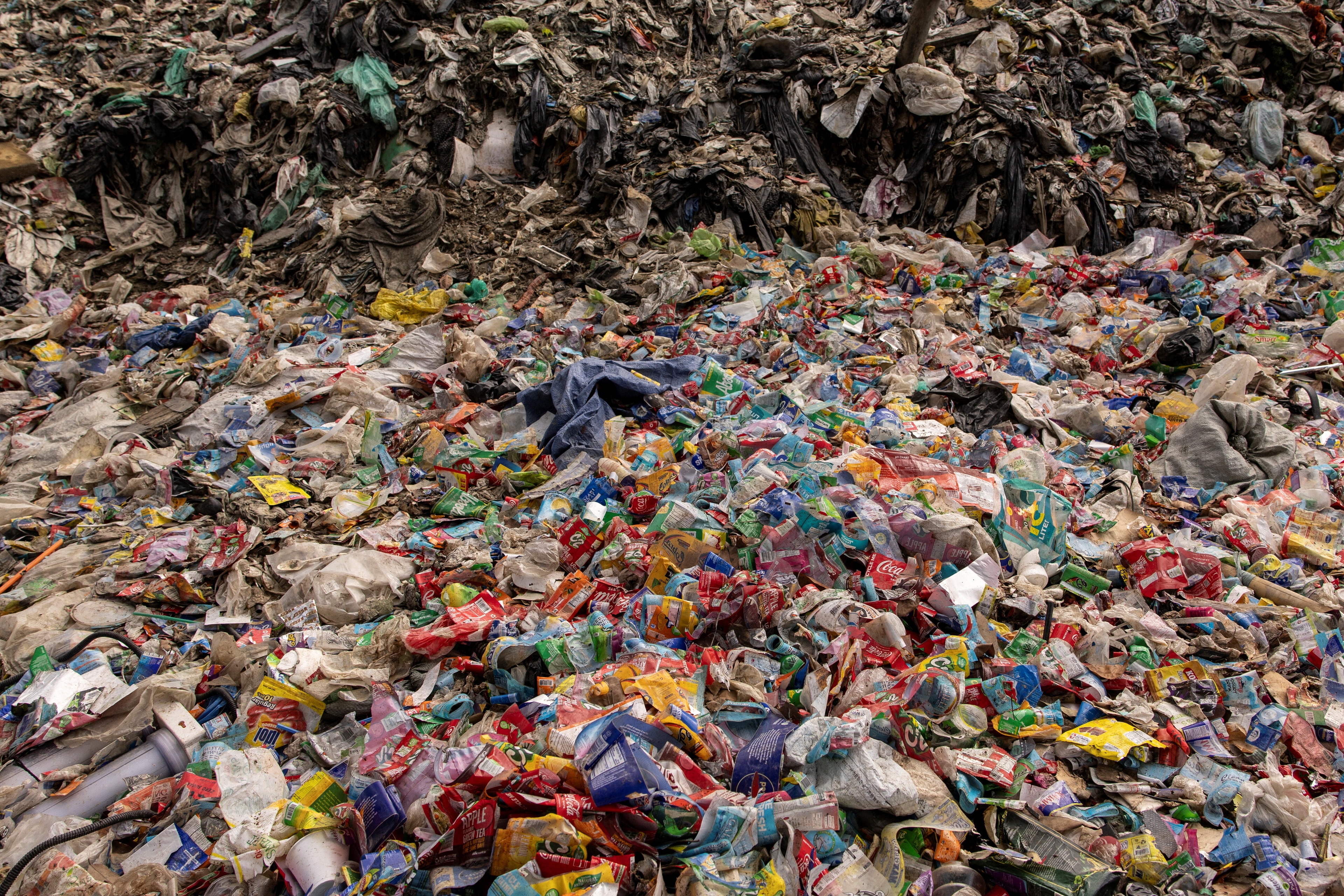What is carbon capture and storage – and how can it help tackle the climate crisis?

Carbon capture and storage could be critical to limiting global temperature rises to 1.5°C, say climate experts.
Image: Unsplash/fresonneveld
Stay up to date:
Future of the Environment
This article was first published in August 2023. It was last updated in October 2024.
- The climate emergency is driving the most severe risks facing the world over the next decade, according to the Global Risks Report 2024.
- Cuts to emissions alone won’t get us to net zero by 2050, warns the IPCC -carbon capture and storage technologies (CCS) are essential.
- Norway is close to completing Europe's first full-scale CCS project. Here's what you need to know.
We need to reduce human-produced CO2 emissions to zero if we are to tackle the climate emergency. But scientists question whether we can stop emissions fast enough. So the race is on to find new ways to remove carbon from our atmosphere and store it safely.
Carbon capture and storage (CCS) is a solution the Intergovernmental Panel on Climate Change (IPCC) says is essential to reaching net zero.
“All available studies require at least some kind of carbon dioxide removal to reach net zero; that is, there are no studies where absolute zero or even CO2 emissions are reached by deep emissions reductions alone,” the IPCC said in a report.
CCS projects currently store nearly 45 million tons of CO2 every year - around the equivalent of the emissions created by 10 million passenger cars.
That could soon change when Norway's $2.8 billion CCS transport project comes online. And the UK government has just pledged $22 billion for carbon capture projects.
What is carbon capture and storage?
According to the MIT Climate Portal, CCS is a "collection of technologies that can combat climate change by reducing carbon dioxide". This process captures fossil-generated CO2 before it's released into the atmosphere. The CO2 is compressed until it becomes a liquid-like substance that is channelled to a storage site, typically through a pipeline. Most captured CO2 is currently injected deep beneath the ground.
According to MIT, such a process forms a “closed loop” in which carbon is extracted from the ground as fossil fuel and later returned underground as CO2.
What is Longship, Norway's CCS project?
Billed as "Europe’s first full-scale value chain for CO2 management", Longship is made up of two scopes.
CO2 will be captured from a cement factory in Brevik by Heidelberg Materials, starting in 2025, while the Northern Lights scope includes transportation and storage in Øygarden, has just opened and is reported to be ready to receive CO2.
Terje Aasland, Norway’s Minister of Energy, said: "When Norway is to reduce greenhouse gas emissions in line with the obligations in the Paris Agreement, CO2 management can play a key role.
"That is why it has been absolutely necessary for government aid to a new industry and to technology that will be important to readjust the economy towards a low-emission society by 2050."
Of the total cost of $2.82 billion, the government has contributed around $1.88 billion.
In addition to CO2 from the cement factory, the Northern Lights consortium is due to transport and store up to 800,000 tons of CO2 each year from Yara’s ammonia and fertilizer plant in the Netherlands, as well as 430,000 tons of biogenic CO2 per year from Ørsted’s two power plants in Denmark, starting in 2026.
How is the World Economic Forum fighting the climate crisis?
Other ways to capture carbon
But not all carbon capture involves taking CO2 directly from industrial waste gases.
Bioenergy: Plants naturally capture and store carbon dioxide from the atmosphere. When plant material, known as biomass, is burned in a power plant and the CO2 emitted is captured and stored, it creates what scientists call 'negative emissions'.
Seaweed: In Ireland, Carbon Kapture is using seaweed fertilizer to capture carbon and return it to the ground. The company aims to plant a million metres of rope-grown seaweed by the end of 2025 which will play a key role in removing carbon from seawater. The seaweed will then be heated in a similar process to charcoal-making to produce biochar fertilizer.
How much carbon storage do we need?
The UK alone needs to capture and store 50 million tonnes a year to achieve net zero by 2050, according to official figures.
In October 2024, the government pledged £22 billion in funding for two "carbon capture clusters" on Merseyside and Teesside - to capture and store carbon emissions from energy, industry and hydrogen production from 2028.
They could help to remove 8.5 million tonnes of carbon emissions each year, the BBC reported.
Globally, the IPCC says between 100 million to a billion tonnes of CO2 will need to be captured and stored over the rest of the current century to limit the rise in global temperatures to 1.5°C.
What do critics say?
But does CCS really help the transition to net zero? Many critics argue that it’s more expensive than simply switching to renewable energy sources. A report published in 2022 said that underperforming carbon capture projects outnumber successful projects globally.
The Institute for Energy Economics and Financial Analysis said that the majority of CCS projects were actually designed to help extract more fossil fuels by being injected into oil fields to push more oil and gas out of the ground.
What's needed now to scale carbon capture?
Scaling up carbon capture will be expensive. The Tony Blair Institute for Global Change estimates that to build the 70-100 new industrial carbon capture plants needed to hit the International Energy Agency’s targets will cost between $665 billion and $1,280 billion annually.
Although large industrial companies could be capable of funding capture projects for clusters of factories, the institute says governments will have to play a leading role. Innovative financing will be needed using instruments like green bonds.
‘Engineered’ Carbon Dioxide Removal (CDR) technologies, including Bioenergy with Carbon Capture and Storage (BECCS), Direct Air Carbon Capture and Storage (DACCS) and Enhanced Rock Weathering (ERW), need to be scaled quickly to make an impact, but this requires investment.
The World Economic Forum's First Movers Coalition (FMC) is a global coalition of companies helping to decarbonize the “hard-to-abate” industrial sectors like shipping, trucking, aviation, steel and cement and concrete. Members have committed to contracting for 50,000 tonnes or $25 million worth of durable and scalable carbon removal by 2030.
Accept our marketing cookies to access this content.
These cookies are currently disabled in your browser.
Don't miss any update on this topic
Create a free account and access your personalized content collection with our latest publications and analyses.
License and Republishing
World Economic Forum articles may be republished in accordance with the Creative Commons Attribution-NonCommercial-NoDerivatives 4.0 International Public License, and in accordance with our Terms of Use.
The views expressed in this article are those of the author alone and not the World Economic Forum.
Related topics:
Forum Stories newsletter
Bringing you weekly curated insights and analysis on the global issues that matter.
More on Nature and BiodiversitySee all
María Daniela Limongi Izaguirre, Edwin Josue Castellanos and Marisol Argueta de Barillas
September 22, 2025
Michael Donatti and Benoit Bégot
September 19, 2025
Tom Crowfoot
September 18, 2025
Caroline Meech and Sakshee Singh
September 17, 2025
Tania Strauss and Beverley Postma
September 17, 2025
Metolo Foyet
September 16, 2025







